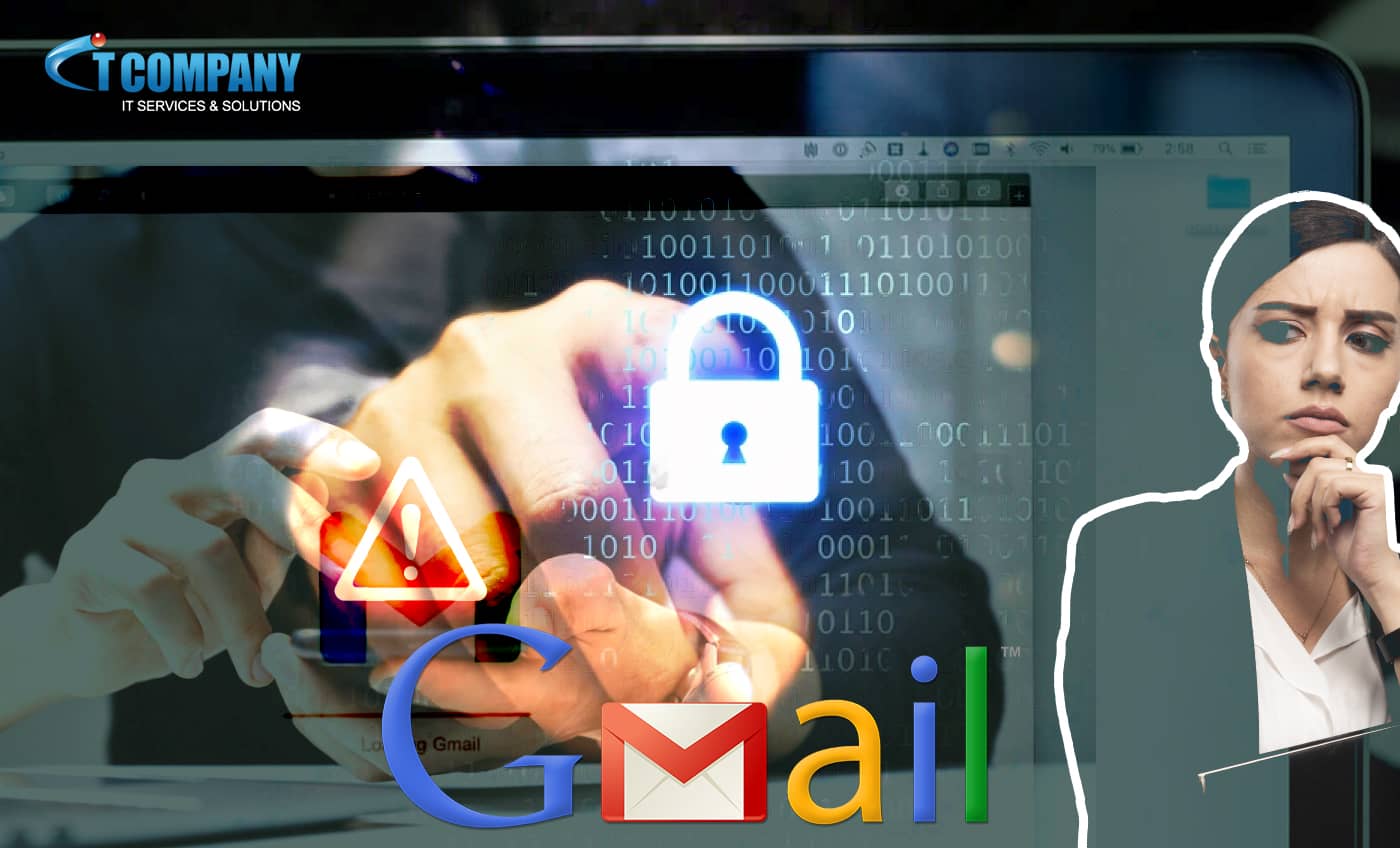Google Rewards are being used as bait in a new Gmail scam.
A horrible new Gmail scam is circulating, with some users reporting receiving emails with the subject line “Online Reward Program”. However, like with other unwanted emails, it’s too good to be true.
Despite claiming to be from Google Workspace company and that the receiver has received a reward for doing the 18.25 billionth search on its search engine, the email is not genuine.
To collect their prize, users must click on a link that sends them to a web page where they must provide personal information. The victim’s personal information is taken instead of any reward as Google does not reward search engine users.
Table of Contents
ToggleAvoiding Email Scams
Unfortunately, email security frauds like these are frequent, and they do not only target Gmail subscribers. Whatever email provider you use, there is a potential that a scam or spam email may get up in your inbox at some time.
However, we have some simple recommendations to assist you to keep your email secure. Moreover, to avoid falling prey to these types of email scams:
1. Maintain vigilance
Keeping a close check on your inbox is the most efficient – and easiest – strategy to avoid email scammers. Avoid opening emails from unknown contacts, also avoid clicking on any links or opening any attachments included with such emails.
Most email systems should display the topic of the communication as well as the sender’s name. Furthermore, you should not open messages that contain red flags, such as bad spelling, ‘spammy’ phrasing, and unusual usernames.
Also, beware of emails telling you that you have won competitions you don’t recall entering, like Gmail’s latest scam. Remember that if anything appears to be too good to be true, it probably is.
Make sure you scan your device with antivirus software if you click a link or download an attachment by mistake.
2. Avoid getting duped
The most prevalent email scam is called phishing. It includes a fraudulent person sending you an email impersonating a reputable source, such as a retailer or bank. They will request personal information and login credentials, thus providing criminals access to your digital life.
Unfortunately, phishing scams are becoming more sophisticated, making it difficult to tell whether an email is legitimate or a scam. If you receive a strange email, check for spelling errors, incorrect photos, and indications that the email is not genuine. The email address from which it is sent can be a hint, as it will not be the official address.
Also, keep in mind that institutions such as banks would never request personal information or login information by email. It is best to use a phone number found on the company’s official website to confirm the email’s origin, not one provided in the email.
3. Use caution when creating passwords
Most email scams will attempt to obtain your password and login information. Making sure your passwords are difficult to crack is critical. Using the same password for several accounts is discouraged. This is because if one password is hacked, fraudsters will have easy access to all of your other accounts.
Password management apps are useful since you have many distinct, complicated passwords, and remembering them all will be hard. These tools will securely store all of your passwords so you can quickly input them when needed. Additionally, most will allow you to quickly generate new, uncrackable passwords if you lose one of your account’s passwords.


